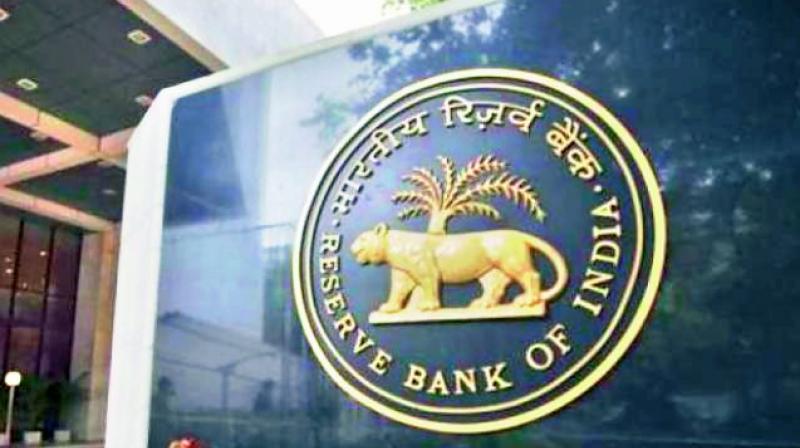Growth in focus, more rate cuts on the cards

Contrary to market expectation of a status quo, the Monetary Policy Committee (MPC) of the Reserve Bank of India (RBI) sprang a surprise and cut its benchmark repo rate by 25 basis points to 6.25 per cent on Thursday. Four out of the six MPC members voted for the rate cut in the sixth bi-monthly policy review, with the other two (Viral Acharya and Chetan Ghate) voting to keep the policy rate unchanged. The rate cut decision was accompanied by a shift in the monetary policy stance to ‘neutral’ from ‘calibrated tightening.’
RBI Governor Shaktikanta Das, who chaired his maiden MPC, said the RBI Act mandates that the committee focus on growth after meeting its objective of inflation. With headline inflation expected to remain below the mid-point of the MPC’s target of 4 (+/-2) per cent, the committee believed that space has opened for lower rates, he said. He said that there was a need to strengthen the investment activity and stressed that macro economic indicators called for decisive action.
The repo rate now stands at 6.25 per cent, and the reverse repo and marginal standing facility (MSF) rates, at 6 per cent.
The central bank lowered its CPI inflation trajectory to 2.8 per cent in the fourth quarter (Q4) of FY19 and 3.2-3.4 per cent in the first half (H1) of FY20 vis-a-vis its earlier projection of 2.7-3.2 per cent in H2 FY19 and 3.8-4.2 per cent in H1 FY20. It also introduced its Consumer Price Index inflation forecast for Q3FY20, which is pegged at 3.9 per cent. Unlike the December 2018 policy review (under governor Urijit Patel) where risks to forecasts were estimated to lie on the upside, the RBI now expects the balance of risk to be neutral.
On growth, though the MPC cited risks from a slowdown in global demand amid ongoing trade tensions, the committee still forecast a reasonably strong GDP growth of 7.4 per cent for fiscal 2020 (with risks evenly balanced), up from CSO’s estimate of 7.2 per cent in FY19.
R Sivakumar, head-fixed income, Axis Mutual Fund, said, “In our opinion, should the inflation estimates stay on track, the RBI may likely see further room for rate cuts. The dovish policy stance by the RBI is a clear indication that monetary policy actions will be used to support growth given the current inflation scenario.”
Speaking about Budget proposal, the MPC felt that it won’t have an impact on near-term inflation projection. “Several proposals in the Union budget for 2019-20 are likely to boost aggregate demand by raising disposable incomes, but the full effect of some of the measures is likely to materialise over a period of time,” said the MPC.
Finance minister Piyush Goyal welcomed the interest rate cut through a tweet and said, “RBI’s decision to reduce the repo rate by 25 basis point from 6.5 per cent to 6.25 per cent and change of stance to ‘Neutral’ will give a boost to the economy, lead to affordable credit for small businesses, homebuyers etc. and further boost employment opportunities.”
The RBI also announced made a host of policy announcements on developmental and regulatory fronts. For instance, it eased the overseas borrowing norms for bidders of stressed assets under the Insolvency and Bankruptcy Code. The resolution applicants under Corporate Insolvency Resolution Process can now utilise the external commercial borrowing (ECB) proceeds for rupee-loans of the insolvent company that they wish to buy.
It also announced raising the threshold for 'bulk deposits' for banks to '2 crore from the current '1 crore. As a result, around '1 lakh crore of bulk deposits will be now termed as retail deposits, the share of retail deposits will increase, which would result in better price discovery.
The RBI also raised the limit of collateral-free agricultural loans to '1.6 lakh from the current '1 lakh since 2010, with a view to help small and marginal farmers. This enhancement will help 75 per cent of eligible farmers to get the benefit without any collateral.

